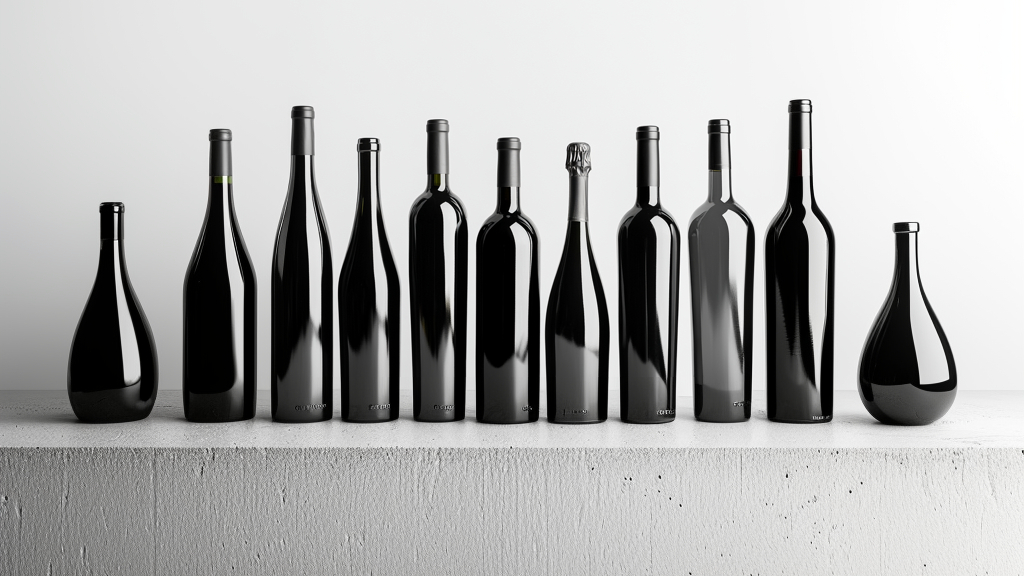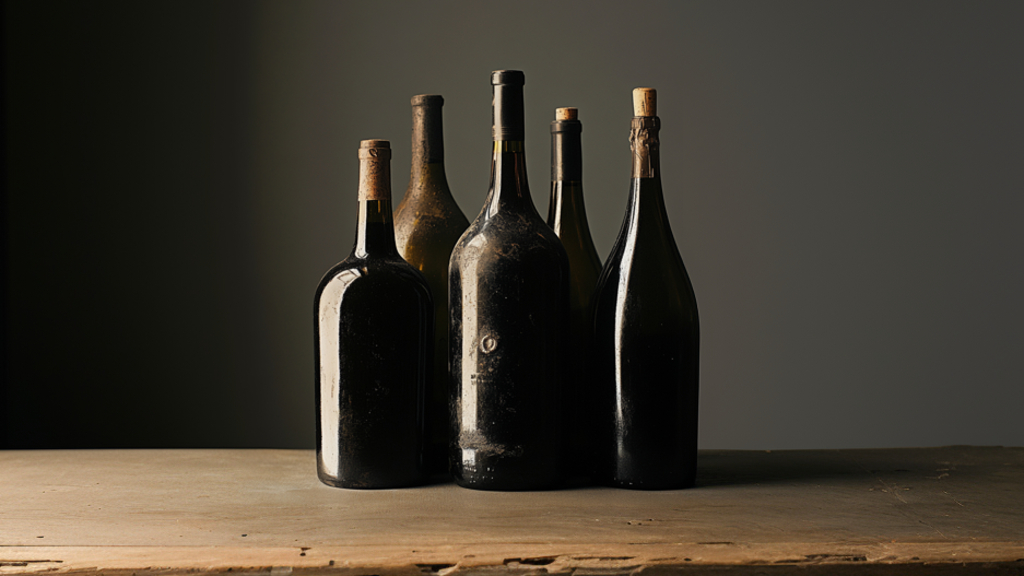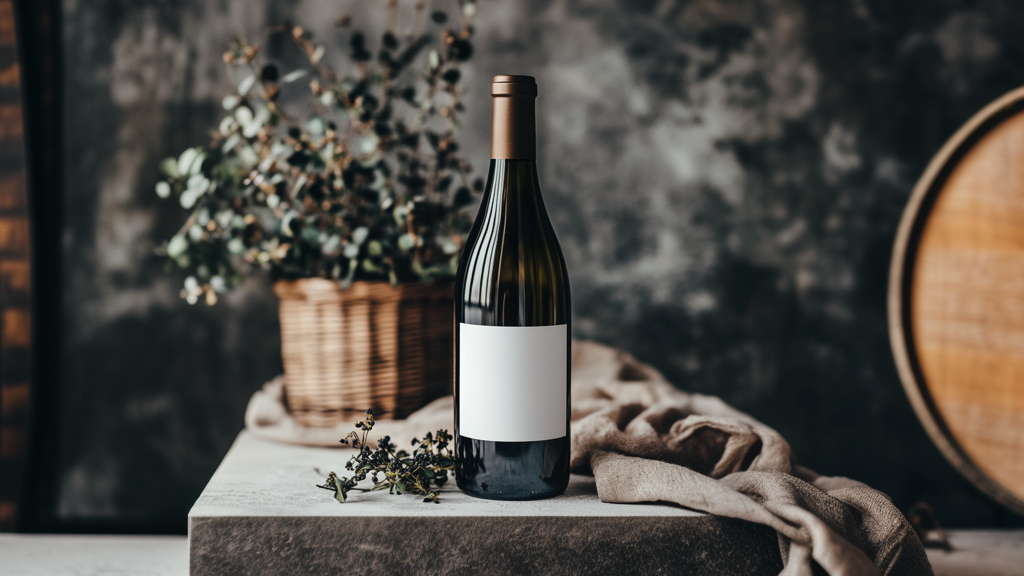What is a Bordeaux Bottle?
Wine Bottle Shapes - What makes them special?

What is a Bordeaux Bottle?
Wine bottles come in a variety of shapes. Vinoteqa provides an overview of them: Burgundy, Bordeaux, Schlegel, or Champagne bottles. What makes these shapes unique, and why is glass even used in the first place?
Common Bottle Shapes
Wine bottles come in different sizes and shapes. Generally, they can be categorized into four common shapes:
- Burgundy Bottle
- Bordeaux Bottle
- Schlegel Bottle
- Champagne Bottle
Each of these bottles has a distinctive shape that helps present a wine in the best possible way. But why is glass the preferred material for wine bottles?
There are many reasons to use glass. Glass is chemically inert, meaning it doesn’t react with the wine. This ensures that the wine inside remains unchanged, preserving its purity and flavor. Glass also protects the wine from external factors. For example, dark glass, often used for red wines, shields the wine from UV rays. This protection from light is crucial in preventing oxidation and other unwanted chemical reactions.
Visually, glass also has much to offer. Wine bottles made of glass are traditional and aesthetically pleasing, conveying a sense of quality and luxury—important for marketing wine. The transparent nature of glass also allows buyers to see the color and clarity of the wine, a key factor for many consumers.
What do the most common shapes look like?
The shape of a wine bottle is traditionally associated with the region where the wine is produced. Today, it’s hard to determine the origin of a wine based solely on the bottle shape, as no patent was ever filed for specific bottle designs. As a result, French-style bottle shapes are used worldwide. Below you’ll see the the four most well-known bottle shapes.
The History Behind the Shapes
The Burgundy Bottle

The Burgundy bottle is known for its wide, rounded body and gently sloping shoulders. The design dates back to the 19th century, likely because this shape was relatively easy for glassblowers to create. Often made from dark glass, the Burgundy bottle offers several advantages for storing a wine. The larger base allows less air to come into contact with the wine, which is beneficial for delicate wines. However, because of its size, this bottle shape requires more space in wine cellars or on shelves.
For example, Italian wines like Barbaresco and Barolo, made from the Nebbiolo grape, are bottled in Burgundy bottles.
The Bordeaux Bottle

The Bordeaux bottle is characterized by its tall, straight shape and prominent, high shoulders. Typically made from green glass, it offers practical benefits for wine storage. Its straight design allows for efficient stacking and storage, especially useful in wine cellars.
It’s believed that the Bordeaux bottle was originally created in France to visually differentiate it from Burgundy bottles. Today, most Bordeaux varieties, like Merlot and Cabernet Sauvignon, are bottled in Bordeaux-style bottles. This bottle shape is also used for famous Italian “Super Tuscan” wines. More on that here.
The Schlegel bottle

The Schlegel bottle is long, slender, and has gentle shoulders. It is particularly common for wines from Germany’s Rheingau and Mosel regions. Over time, it became widely used not only in Germany but also in Switzerland and Austria.
The bottle's elegant and traditional design is often associated with high-quality Rieslings. Its shape also allows for easy stacking and storage, one of the main reasons it was developed.
The Champagne Bottle

The Champagne bottle is a specialized version of the Burgundy bottle but with some key differences. It is much thicker to withstand the high pressure from the carbon dioxide produced during the fermentation process. This sturdier construction prevents the bottle from bursting and ensures the safe storage of sparkling wine.
Another characteristic feature is the inwardly curved bottom, originally shaped by glassblowing on a spinning rod. This indentation helps distribute pressure evenly across the bottle’s sides, reducing the risk of overpressure and enhancing the bottle's stability. Additionally, the indentation provides a comfortable grip for pouring, as the thumb can rest in the curve.
Did You Know?
There have been recent trends in wine packaging, with some producers opting to bottle their wines in cans. For instance, the Swiss company Wiihaa offers wine in cans. The idea is to connect independent, eco-conscious Swiss wineries with new customers.

On their website, Wiihaa states:
“Who hasn’t experienced this: you have a nice dinner during the week but don’t want to open an entire bottle of wine. Or a picnic during a hike could be made perfect with a sip of wine—but carrying a bottle is just too much effort.
We want to make it possible to enjoy good wine in smaller portions anytime, anywhere.”
Cheers 🍷


